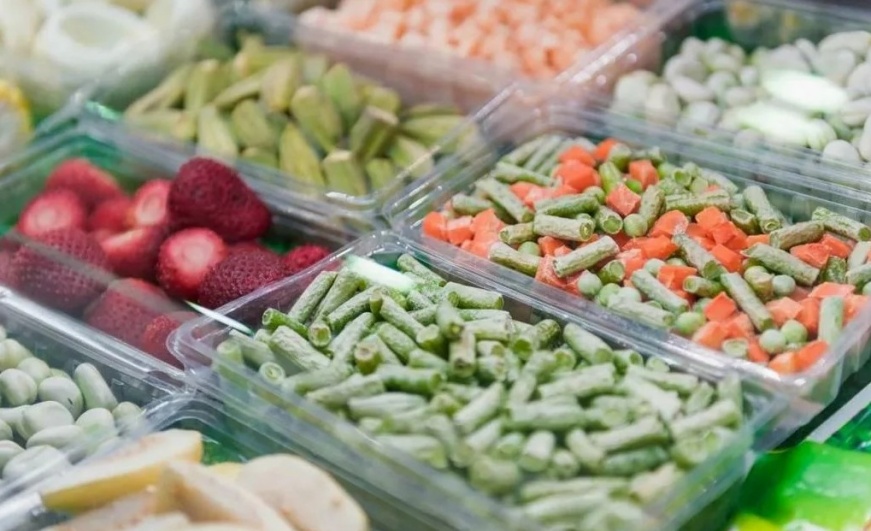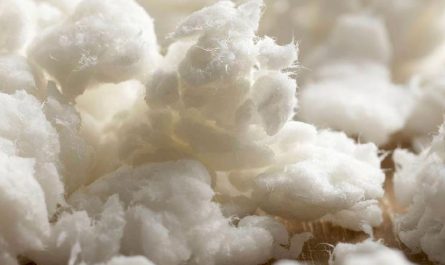Packaging has become an essential part of our lives for storing, transporting and protecting various products. However, traditional plastic packaging poses serious threats to the environment due to its non-biodegradable nature. To tackle this issue, researchers are working on developing innovative and sustainable packaging solutions which are not only environment-friendly but also provide additional health and nutritional benefits. One such innovation is edible packaging which can be consumed along with the product it contains.
What is Edible Packaging?
Edible packaging, also known as edible films and coatings, refers to packaging materials which are made from food grade components and are safely edible. These components include proteins, polysaccharides, lipids which are formed into a cohesive film or coating. Some common sources used for making edible films include milk, shellfish, fruits and vegetables. Research is ongoing to develop edible films from agricultural byproducts and food industry wastes to make the process truly circular.
Unlike plastic packaging, edible films dissolve or break down when exposed to digestive acids and enzymes in the stomach. They act as a barrier to moisture, oxygen and pathogens while the product is stored but become a part of the food upon consumption. This eliminates the need to remove and dispose of the wrapper separately.
Potential Applications
Edible packaging has widespread applications across various food categories from confectionery to bakery to fast food. Some key applications include:
– Fruit and Vegetable Wraps: Fresh produce like berries, cherries, mushrooms can be wrapped in edible films to prevent moisture loss, bruising and microbial growth during storage and transport.
– Processed Meat Packaging: Sausages, burgers and other meat products are usually coated or wrapped before freezing to reduce drying and increase shelf life. Edible coatings serve this purpose while eliminating plastic waste.
– Bakery Items: Bread, buns, cookies and snacks can utilize edible films and wrappings made from natural ingredients like whey protein or algal polysaccharides.
– Confectionary: Hard candies, chocolates and chewing gums are ideal candidates for edible wrappers which can enhance flavor and provide texture.
– Fast Food Servings: Items sold loose like fries, nuggets, burgers can employ edible containers molded from starch or alginate which wouldn’t need unwrapping.
Benefits of Edible Packaging
Edible packaging offers numerous advantages over conventional plastic packaging:
Sustainability: Being biodegradable and compostable, edible wrappers break down harmlessly without polluting the environment. This makes them a truly eco-friendly alternative.
No Waste Generation: Since the packing is meant to be eaten along with the product, it eliminates the need for separate disposal of wrappers generating zero solid waste.
Nutritional Value: Some edible films are formulated to enrich foods with supplementary nutrients, fiber or functional ingredients like antioxidants. This adds hidden health benefits.
Product Protection: Just like plastic, edible films act as protective coatings against moisture, gas/odor transmission, grease absorption and microbiological contamination extending shelf life.
Value Addition: Unique textures, flavors and appearances provided by distinctive biopolymers enhance consumer appeal and premiumization of products.
Economics: With proper manufacturing infrastructure in place, edible films cost competitively versus traditional plastic or wax papers coatings at commercial production scales.
Challenges in Commercialization
Despite obvious advantages, commercial adoption of edible packaging faces certain technological hurdles:
Mechanical Properties: Fragility, moisture sensitivity and low durability compared to synthetic plastics necessitates ongoing R&D to engineer more robust biopolymer matrixes.
Production Processes: Scaling film casting and application lines requires developing automated, high throughput and aseptic processing facilities for large volume FMCG production.
Regulatory Compliance: Food safety evaluations and new product approval timelines are longer when packaging is meant for direct human consumption rather than just contact.
Consumer Acceptance: Strong instincts towards separating non-food materials from edible products may impede initial cognitive acceptance even if packaging is entirely edible. Educating and assuring consumers will be important.
Standardization: Variability in composition, stability and performance between natural biopolymer sources makes standardizing formulations, specifications and quality assurance testing challenging.
Overall, with dedicated multi-disciplinary research efforts, optimization of production technologies and strategic coordination, edible packaging has immense potential to revolutionize the way we wrap, store and transport foods on a commercial scale sustainably. As environmental and waste management regulations tighten worldwide, it may emerge as the logical future-proof alternative to plastics in the near future.
*Note:
- Source: Coherent Market Insights, Public sources, Desk research
- We have leveraged AI tools to mine information and compile it



